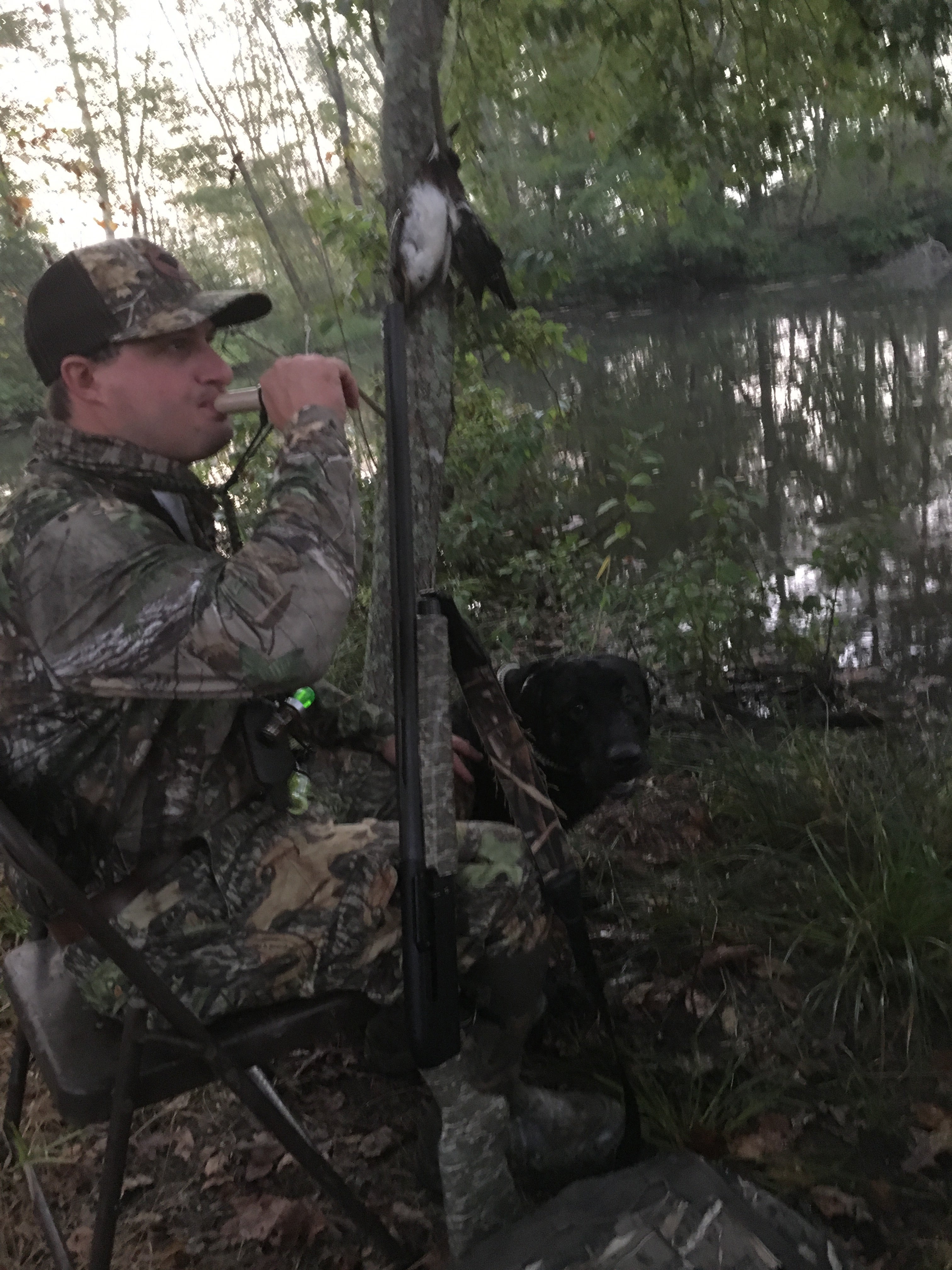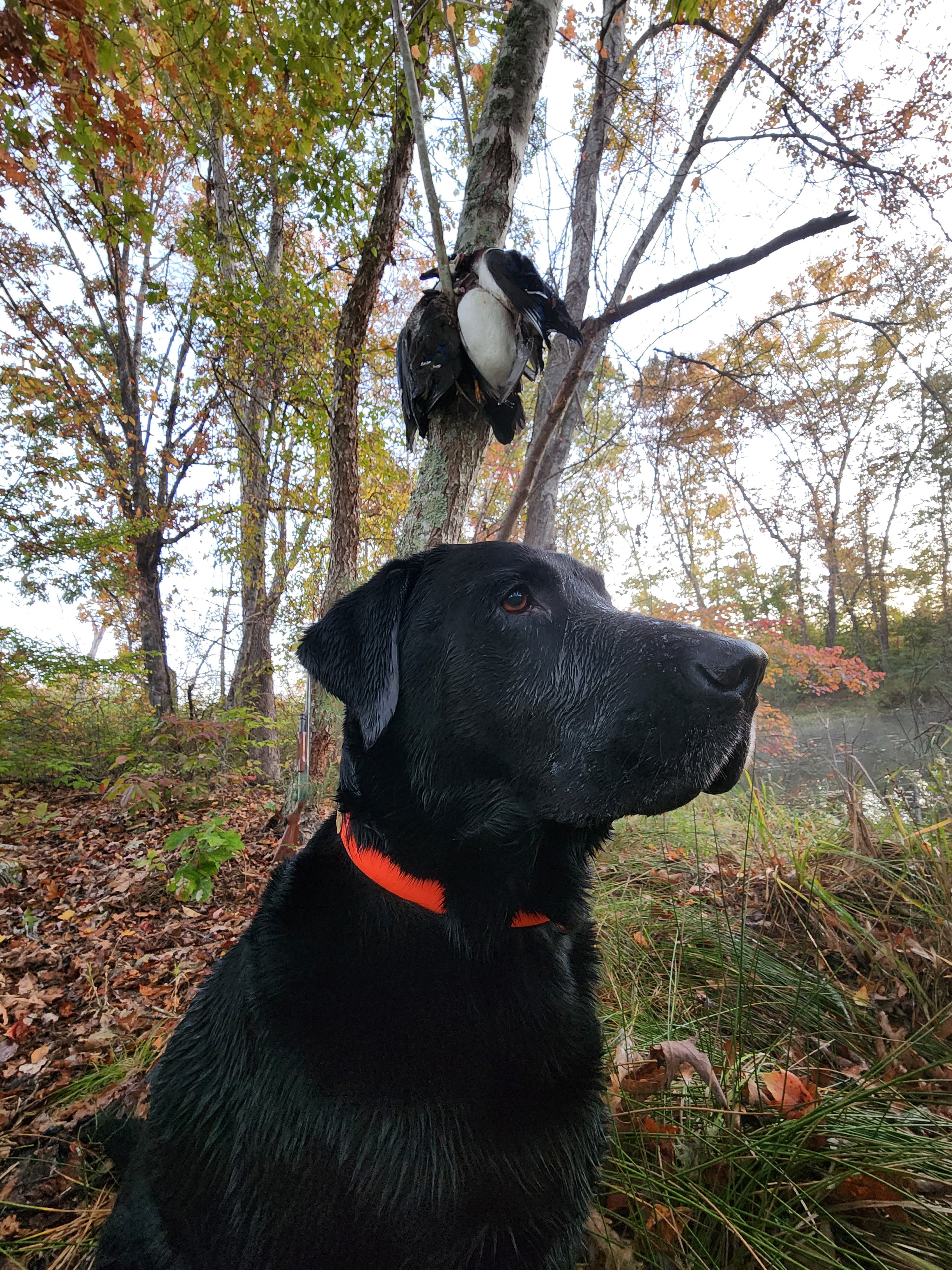Wanna step outside? Duck season comes west
Published 12:00 am Thursday, October 12, 2023
1 of 2
|
Getting your Trinity Audio player ready...
|
By Dan Kibler
For the Clemmons Courier
Duck hunters in the eastern part of North Carolina had the opportunity to join deer and dove hunters, figuratively, in getting their feet wet as September arrived and turned the page to October. An early teal season east of U.S. 17 in late September gave them a chance to limber up their shooting eyes.
Now, duck hunters in the western two-thirds of the Tarheel State will get their chance as their early duck season — focused mainly on wood ducks — arrives west of I-95 this time next week.
For duck hunters, North Carolina is divided into Inland and Coastal zones (I-95 is the dividing line), and duck season is divided into three parts. In the Inland zone, the first part is Oct. 19-21, next Thursday through Saturday. Hunters in the Coastal zone get their early start Oct. 27-28. Both zones share Nov. 4-25 and Dec. 19-Jan. 31, 2024, as their second and third season segments.
Wood ducks are native to North Carolina; their numbers are never higher than in October — and they’re never easier to kill — because they often become concentrated on their single favorite food source: acorns. In October, if you find a grove of productive oak trees along a waterway, any waterway, that’s off the beaten path, and you’ll likely find wood ducks. For most hunters, that means a beaver swamp or other expanse of slow-moving water, even the extreme backs of creeks and pockets on bigger reservoirs. For my son and I, it means a little, teardrop-shaped backwoods pond 20 minutes from the house, one side of which is lined with white oak trees that are dropping so many acorns by mid-October that it can sound like it’s raining at the water’s edge.
Many duck species, principally wood ducks and mallards, will feed on acorns, but the bigger number of mallards won’t show up in North Carolina until the weather cools off and migrating birds start to show up from northern climes. Wood ducks are mostly natives, although biologists say they will migrate when it gets cold, but nowhere near the numbers of bigger puddlers and diving ducks.
A neat thing about wood ducks is when they find acorns or another primary food source, it will almost take shooting at them to run them off. We usually try to shoot on opening morning, then on the following Saturday morning; after that, the little duck pond is generally empty. Over the past five years, I think we’ve killed only one or two wood ducks and a couple of mallards there from November through the rest of the second and third segments of the season. We’ve almost quit going after Christmas.
Woodies are considered puddle ducks, but they really don’t decoy like mallards and other puddlers. When woodies decide they’re coming to a little body of water where they’ve found food, you almost need to stand up and wave a flag to make them stop.
There’s no real need for decoys — although we put out a couple of big, Avian X mallards and two pairs of wood duck decoys just as a confidence factor — and calling really doesn’t affect them, although I have seen woodies drop into a pond after a series of calls; who knows, they might have been coming anyway.
Woodies do not quack like a lot of puddlers; their call is a shrill whistle, and sometimes, they are absolutely incapable of keeping quiet. They jabber at each other constantly, and that often works out to their detriment. Woodies whistling on their way to a pond, swamp or creek may be the only warning that hunters have before they drop in unannounced, zipping in at incredible speeds and spending almost no time looking for a place to land before splashing down. It’s an unusual morning when some little group of woodies doesn’t get in on us and hit the water before we can raise our shotguns. When that happens, we wait for them to swim within range, then stand up and shoot after they have jumped straight up off the water, trying to escape. About half the time, they still get away.
One great thing about woodies. If you’re hunting in the morning, your hunt is going to last about 45 minutes, tops. Ninety percent of the woodies that are going to show up are going to come rocketing in just after legal shooting time — 30 minutes before dawn. There might be a group or two of stragglers, but when good numbers of ducks are around our little pond, we’ll be out of there by 7:30 a.m., often with our 3-bird daily limit of woodies. I think I’ve killed one wood duck in 5 or 6 years after 8:30 a.m.
I did something extremely stupid last week, but the woodies’ early-rising nature will bail me out. A girl in my cardiologist’s office called to set up an appointment, and she offered three different times on Thursday morning, Oct. 19. I didn’t look at my calendar — stupid me — and I chose the first available time, 8:20 a.m., figuring, why not get it out of the way early and have the rest of the day to fish or play golf.
I forgot the early duck season opened that morning. I muttered something to myself, then I realized, hey, I’ll be off the water by 7:30. A 5-minute walk back to the vehicle, a 15-minute drive to take Buckshot, my son’s black Lab, back to his house so he can be at work in High Point by 8:30, and I can still make it to the cardiologist by 8:20.
I hope the girls behind the front counter don’t mind camouflage clothing.





